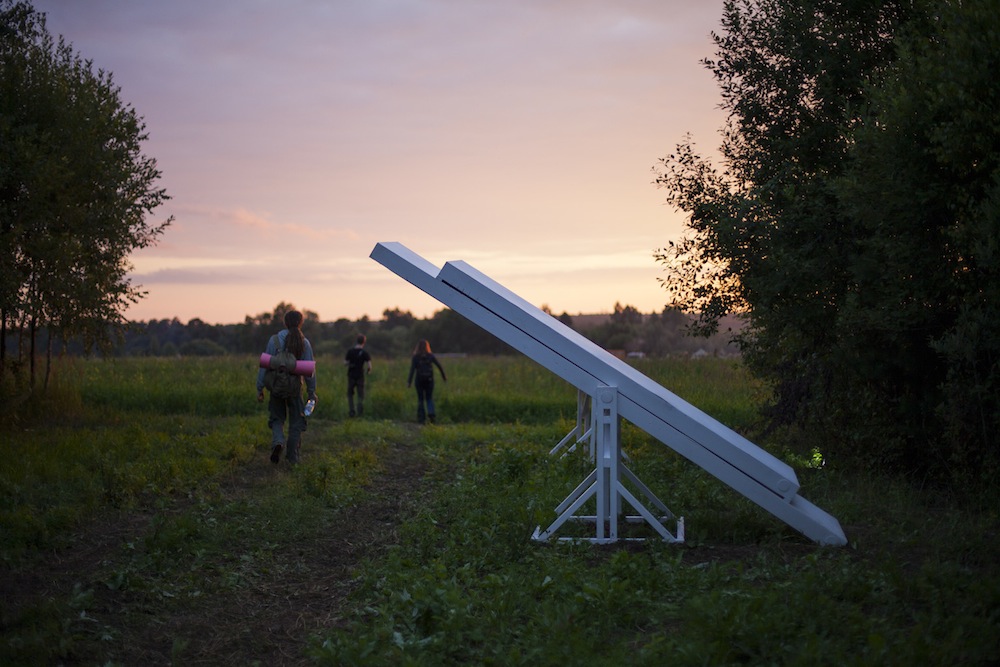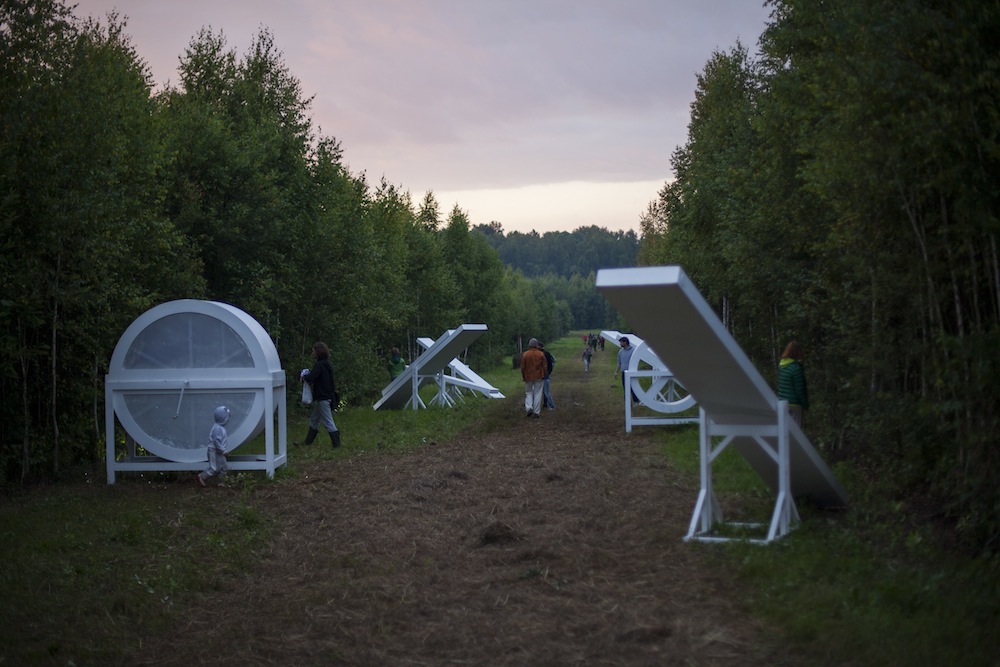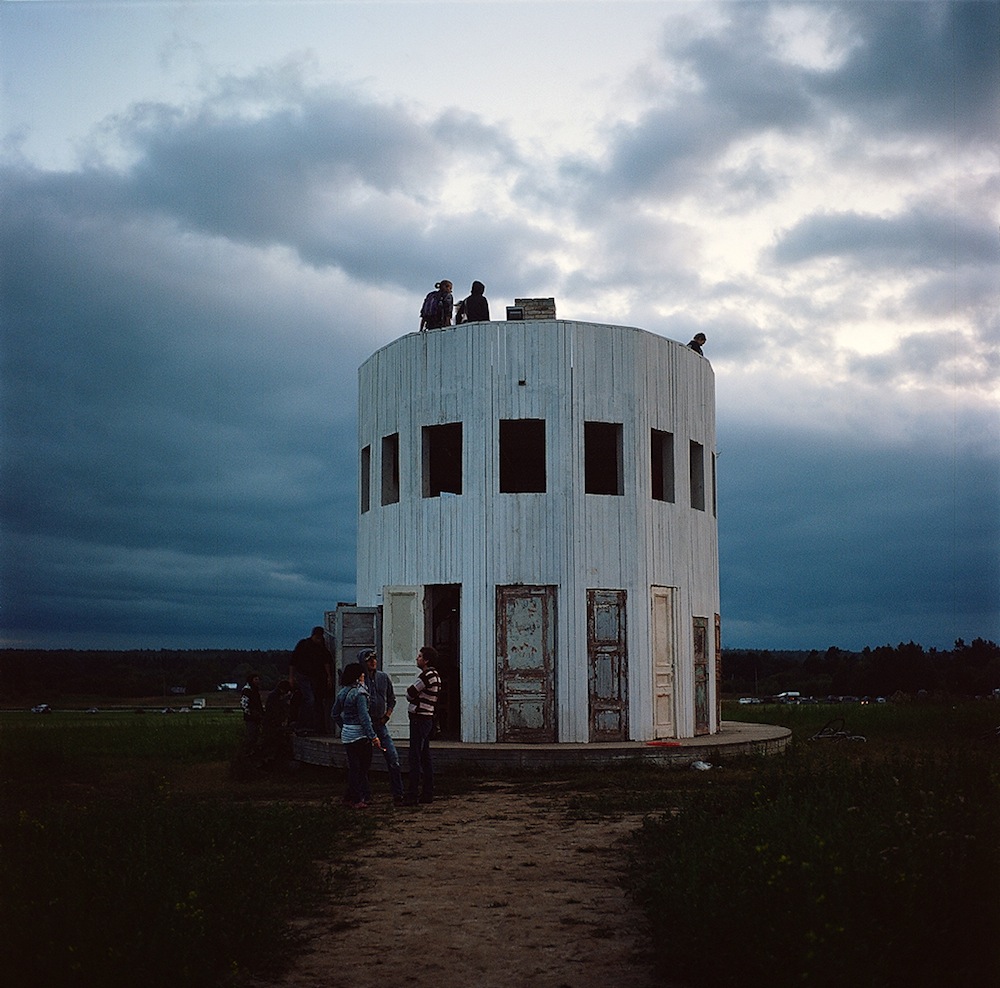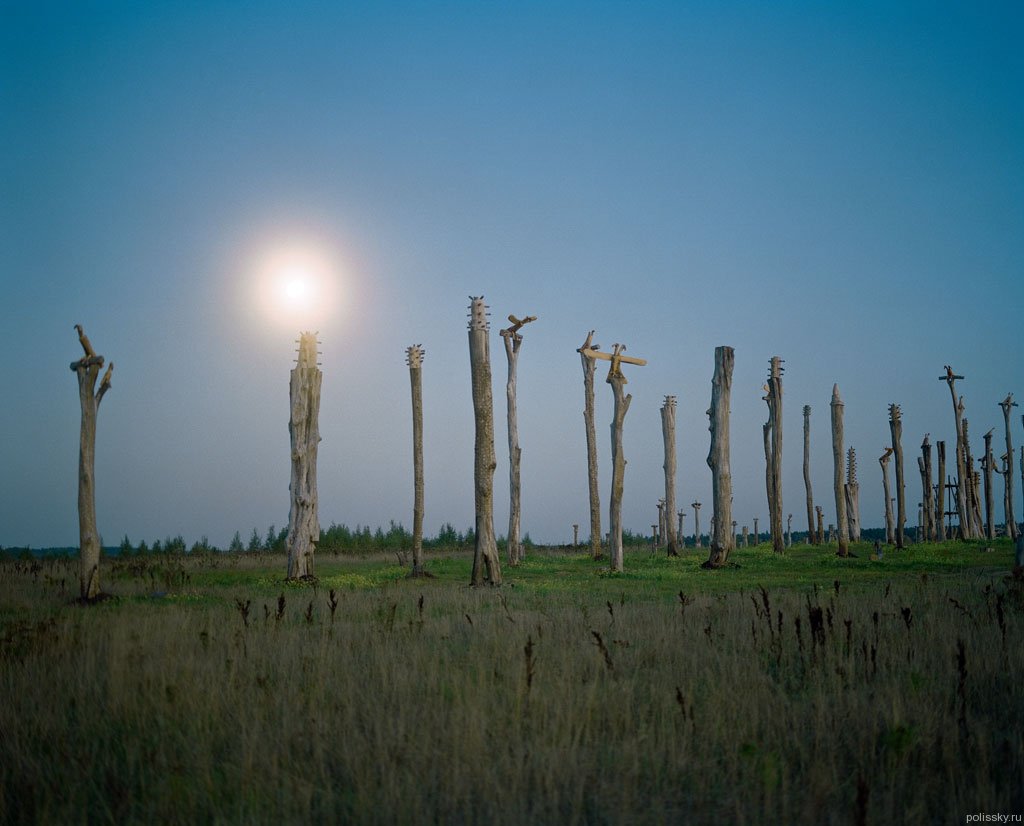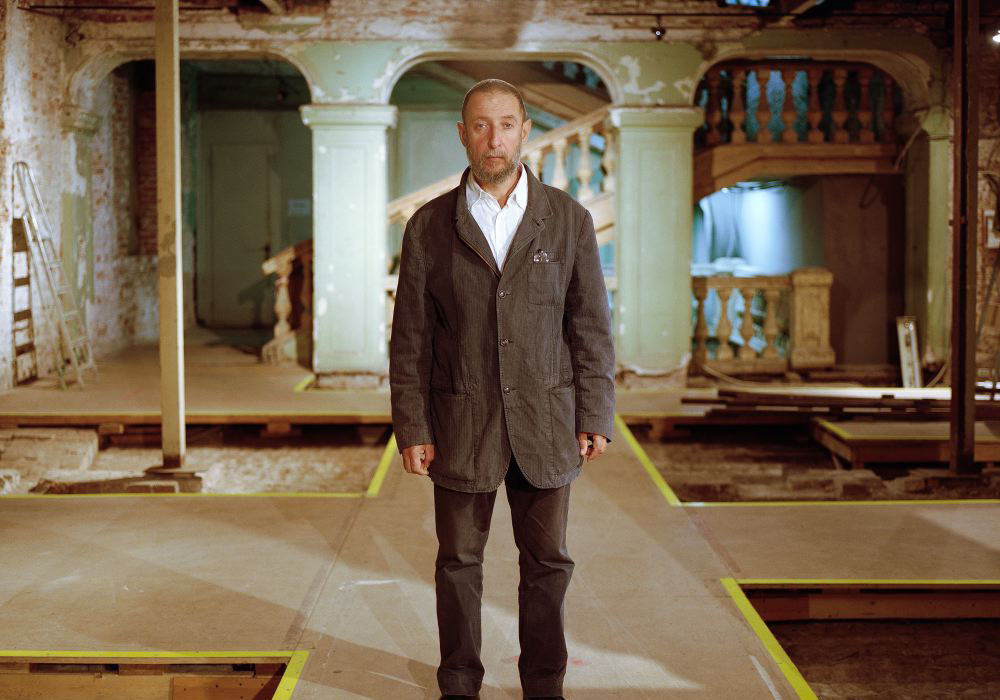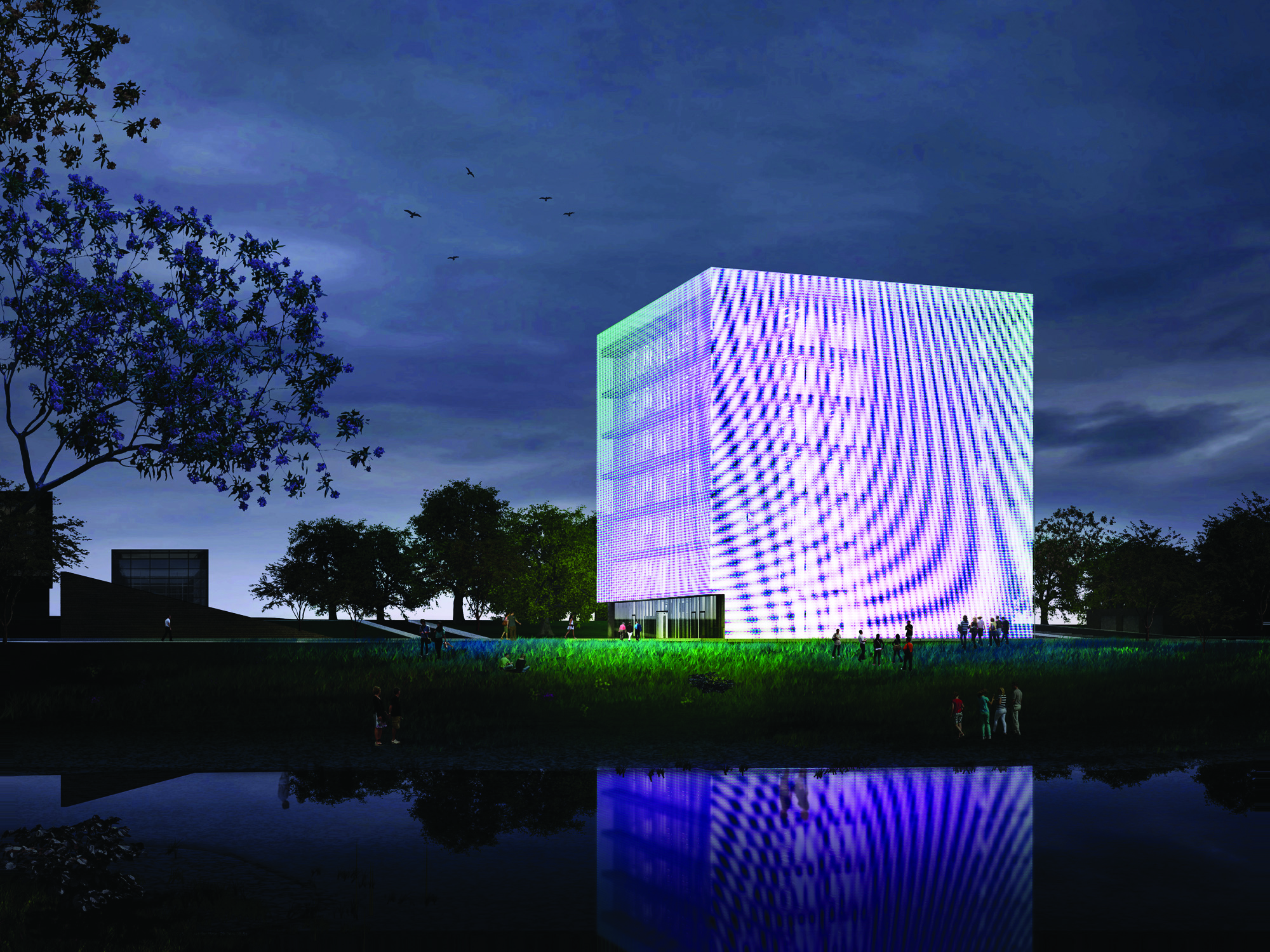Call of the wild: highlights from the Archstoyanie Festival
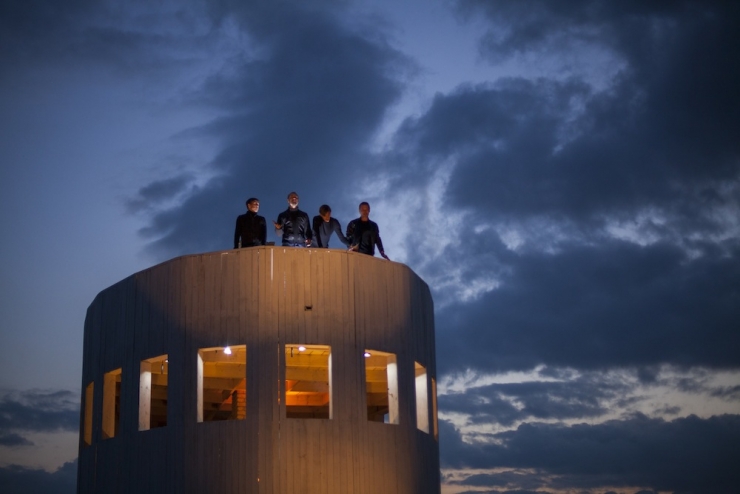
The Archstoyanie Festival is not only one of the most important events on Russia’s art calendar but also one of the most ambitious. Known for its giant land objects, the festival is now includes sound art, installations, lectures and more
The Archstoyanie Festival of Land Art has become a must-attend event for anyone interested in art in Russia. What started out as a casual affair, created to celebrate the odd architectural construction in the artists’ village of Nikola-Lenivets, a four-hour drive from Moscow, has rapidly transformed to become home to a permanent — and ever-growing — collection of land art. What’s more, the eighth edition of the three-day festival held on the last weekend in July has expanded its scope to include sound installations, sculpture and lectures.
According to curators Anton Kochurkin and Katya Bochavar, the very act of creating a festival in a rural space, “urbanises” the surrounding area. “Any gesture, whether artistic or functional, urbanises the space,” says Kochurkin. “For this year’s festival, we used the typology of the city — a library, museum, fountain and cinema.” As a result, at the heart of the festival is a central square surrounded by a grid system of “roads” and many of the installations are based on the kinds of facilities usually found in cities.
The Calvert Journal picks five highlights from the festival.
Two Spheres by Julius von Bismarck
For three days straight, a four-tonne metal boiler, dropped from a height of 17 metres every 40 minutes, startled and thrilled spectators. The kinetic installation by Berlin-based Julius von Bismarck sought to play with visitors’ understanding of gravity and movement. The regularity with which the boiler fell further created a sense of time and structure in the village.
Von Bismarck, a former artist-in-residence at CERN, home to the Large Hadron Collider, frequently incorporates scientific and mathematical themes in his artworks. “As an artist, I can build a sculpture that can show something that wasn’t seen before, or a feeling, or an effect,” Von Bismarck told Wired last year. “Physicists are working really far away from how things are perceived. They have to change how people think about things.”
Zov by Peter Aidu
Last year, composer and pianist Peter Aidu curated Reconstructing Sound, an exhibition at Moscow’s Polytechnical Museum, which recreated the noise devices made by actor-inventor Vladimir Popov. Throughout the 1920s and 1930s, Popov’s machines were used to imitate everyday sounds for Russian theatre, film and radio. For Archstoyanie, Aidu built a selection of Popov’s devices on a much larger scale to recreate the sounds of the sea, the rain and the wind. Aidu’s work both reconstructs Popov’s machines and also investigates how noises can be recreated by a combination of simple objects such as fabric and cylinders. “My aim was to take them out of the historical and theatrical environment and place them in the context of contemporary sound art and architecture installations,” said Aidu.
Babylon Pipeline by Vtol
Sitting at the very centre of the main festival square was Babylon Pipeline, a fountain and sound installation designed by Moscow-based experimental music outfit Vtol. Festival-goers speaking into one of the installation’s many twisted drainpipes would have their voice distorted by the time it escaped from the other end. Each voice was played repeatedly throughout the day, resulting in a cacophony of sounds. “Any message that you say down one of the pipes is fragmented and you end up with something similar to what happened in Babylon when they were building the Tower of Babel,” said Dmitry Morozov, founder of Vtol.
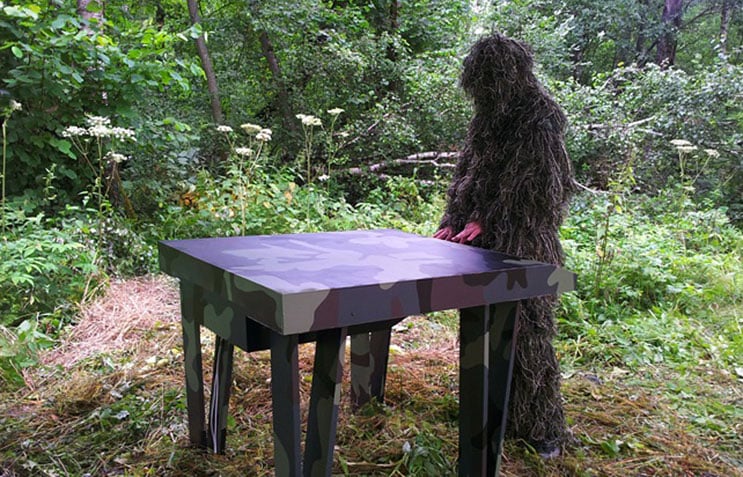
Voice of the Forest by Electroboutique
Innovative art duo Electroboutique are well known for their interactive artworks which have been exhibited everywhere from London to Seoul. Voice of the Forest, a keyboard with a twist, is the latest project by Alexei Shulgin and Aristarkh Chernyshev. Each key randomly plays a sound associated with the forest from animals roaring to birds singing; although the sound is different, the notes stay the same, allowing for whole compositions to be made.
“The meaning of the project is that mankind goes to the wood to enjoy all these voices but actually there’s always something wrong, either a bird flies away or there’s not the necessary breadth of selection,” said Shulgin. “So we decided to do a full selection so that people could hear all types of animals.” Electroboutique made their first appearance at Archstoyanie in 2009 with their installation, AirPort, an electronic departures board and recorded female voice that provided travel information.
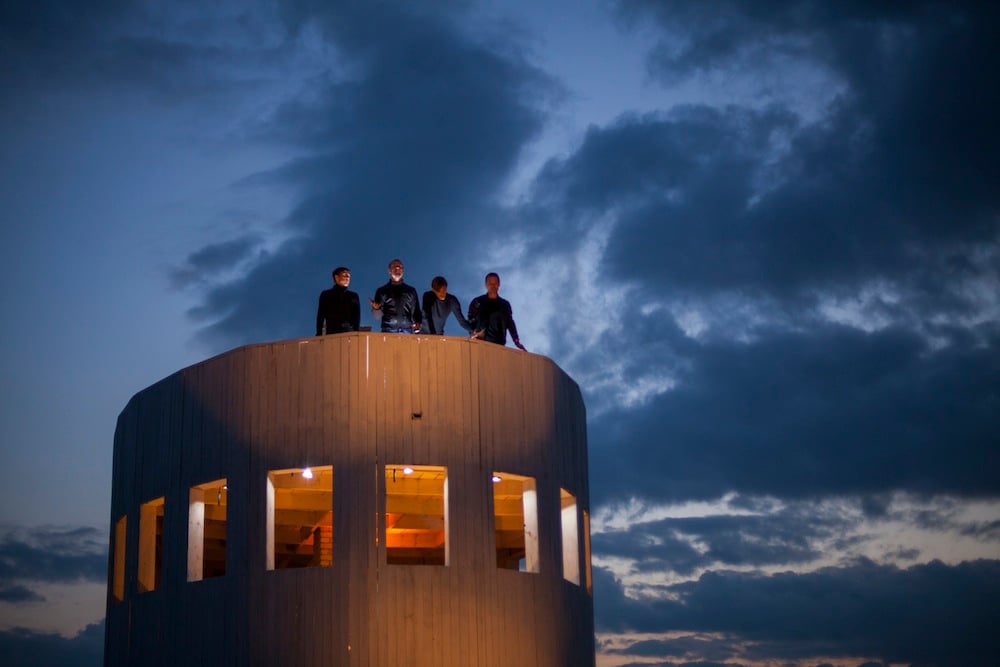
Poetry at the Rotunda
Celebrated architect Alexander Brodsky’s Rotunda was unveiled as a permanent structure at Nikola-Lenivets at Archstoyanie in 2009. This year, it found a new purpose: as a platform for poetry performances. The first series of performances, Personally, saw 12 contemporary Russian poets recite poetry for an hour at a time to just one listener. In the evenings, crowds gathered for group performances by actors from the Moscow Art Theatre.
